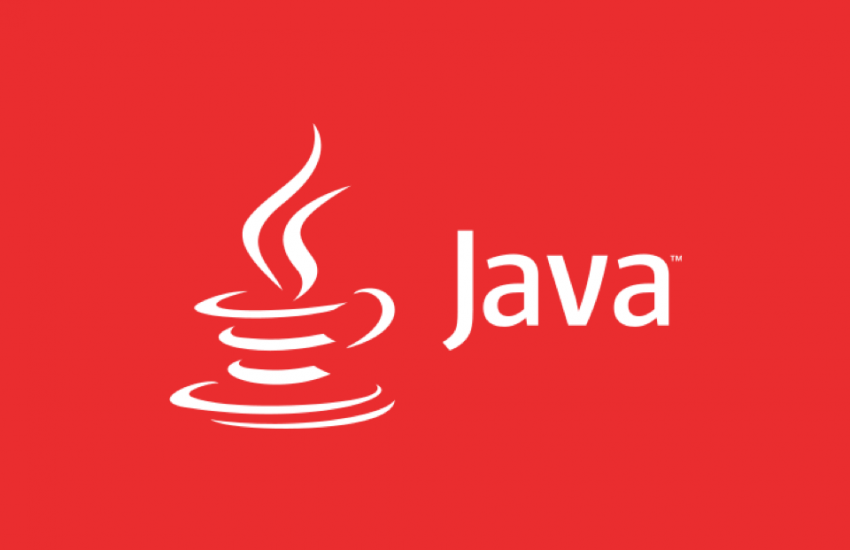Why I Don’t Buy Digital TextBooks
People won’t soon be tossing their e-readers – their Kindles and their Nooks – but the publishing channels may be stabilizing. There should be no surprise that e-readers are like a digital paperback. The most frequently downloaded books are popular romance and mystery fiction.
Readers of literary fiction and non-fiction still seem to prefer the hardback, and e-readers can replace the rich visual complexity of modern textbooks. These markets are safe. The hesitation to go all the way is sort of like the reluctance to replace a popular toner with a recycled one. The bargain may be very real and the performance very good, but the confidence is not the same.
Here’s the problems:
1. When you buy an e-book – at least on Amazon and Barnes & Noble – you do not actually “buy” a book. You do not own what you paid for. You license the book, and it can be deleted by the vendor, apparently at will.
Still, Amazon holds 70% of the market despite a proliferation of online sources. They hold the market share – not because their technology is so advanced. – but as a result of the continuing aggressive movement to negotiate with publishers and integrating the marketing with the readers across their devices.
2. There is no evidence that Digital Rights Management (DRM) protects artistic rights or prevents copying. DRM has not stopped pirates from co-opting music or videos, and it remains without real bite – but with a huge audience of tech savvy people who see it as invasive.
The users who download content illegally are not customers in the first place. The focus should be on making things easier for and maximizing the sales to those who buy legally. Doing away with DRM will let customers own their book and able to move it from device to device.
3. Digital books are not more permanent than the physical reading device. There is no guarantee that future or up-graded readers will “play” the same format. In fact, the reader is likely to wind up – along with its content – in that box in the garage with the 8-track tapes and floppy discs.
Proprietary formats are customer-antagonistic. So long as Amazon is the only source for Kindle material – despite the minor baby steps of tools, such as Calibre, Gutenberg Project, Spotify, and the like – they thwart the idea of a universally accessible mega-bookstore and library. People readers could, then, purchase digital books wherever they like, archive them where they want, and read them wherever and however they want.
Addressing such problems will push digital book vendors to separate themselves from the pack. It will differentiate one store from another and enable more competition in e-book and reader device innovation. Diversified publishers will be released from hostile pricing and compensation.
The generations that most embrace the e-reader concept are marked by a simpler and more minimalist approach to furnishing, clothing, and accessories. They do invest impulsively and extensively in digital devices, but that does not define them. However, have a book on a shelf or an end table is not a perceived value. They will pursue digital reading solutions, but there is plenty of room for improvement in that market.


















